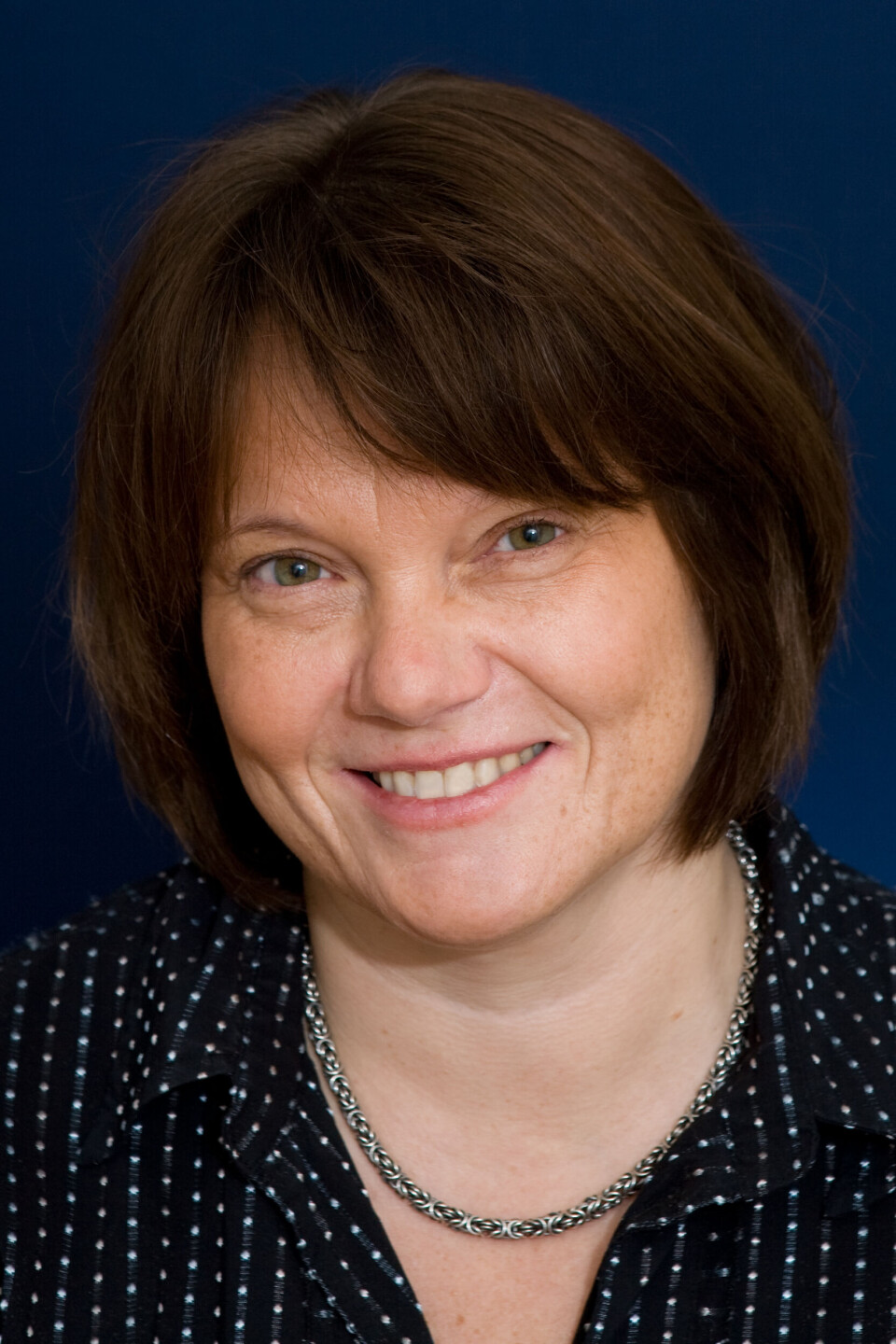THIS CONTENT IS BROUGHT TO YOU BY THE University of Agder - read more

Why everything is becoming more expensive
Interest rates are on the rise, inflation is surging, and prices are going up. But what does this mean, and how does it all work? Two economists have answers.
First, inflation and interest rates are two different things. However, they are closely related.
Inflation is an increase in prices. It measures how much the prices of goods and services rise in one year.
When inflation is high, it becomes more expensive to produce things. As a result, we have to pay more when we want to buy something.
Inflation means that you continually have to pay more for the same goods and services. When inflation is high, the value of your money diminishes. You get less for 10 USD today than you did last year. The higher the inflation rate, the less your money is worth.
Inflation is a fundamental component of our economy, but we prefer it to occur in a controlled and predictable manner.

“A too-high inflation rate means that money doesn't stretch as far. That creates unpredictability, which is what inflation is essentially about - people's expectations and their trust in money,” John Arngrim Hunnes says.
He is an associate professor at the School of Business and Law at the University of Agder (UiA).
“There is a consensus that an inflation rate of around two per cent per year is ideal. If it exceeds this, it needs to be reined in, and if it falls below, it needs to be eased,” he says.
Money losing value
But what is being reined in or eased? It's the interest rate, formally referred to as the policy rate. This is a key tool employed by Norges Bank, the central bank of Norway, to shape the nation’s economy.
In simple terms, the policy rate is the interest rate that banks earn on their deposits at Norges Bank.
Typically, this rate serves as the baseline for lending rates offered by Norwegian banks. This means that when Norges Bank sets the interest rate at, for instance, 4.25 per cent, this becomes the starting point for the lending rates that the banks can provide.
You’ll have less to spend
“Businesses also rely on loans, so an increase in interest rates has wide-reaching effects on society. The most crucial thing is that people have jobs to cover their bills. Unemployment remains low in Norway,” Hunnes says.
But how does raising interest rates help reduce inflation?
The goal is for you to have less money to spend on goods and services, to make you more selective in prioritising your expenses. This, in turn, curbs the overall demand for goods and services.
In Norway, 82 per cent of the population owns their homes, and most of them have mortgages. So, by increasing the policy rate, the cost of home loans rises. People have less disposable income to spend on other things, thereby preventing prices for goods and services from spiralling out of control.
Therefore, when Norges Bank raises interest rates, it does so with the aim of curbing inflation.
Substantial loans cost more

“Those with substantial loans relative to their income will feel the interest rate hike the most. Some have debts four to five times their income. They will notice that the cost of servicing this debt increases significantly,” Ellen Katrine Nyhus says.
She is a professor at the Department of Management in the School of Business and Law at UiA.
If you have substantial savings, the high interest rate is advantageous. You will earn more by keeping your money in the bank than during periods of low interest rates.
Norges Bank may choose to lower interest rates again when they observe a decline in general price growth, that is, inflation. However, Norway is not operating alone in the world.
“The high interest rate has diminished the purchasing power of Norwegians. That may contribute to a reduction in inflation as demand for goods and services decreases. However, factors abroad affect inflation at home, and addressing that is more challenging,” Nyhus notes.
Some of the high inflation is attributable to the fact that countries from which we import goods are experiencing high inflation, and that the value of the Norwegian krone has depreciated.

This content is paid for and presented by the University of Agder
This content is created by the University of Agder's communication staff, who use this platform to communicate science and share results from research with the public. The University of Agder is one of more than 80 owners of ScienceNorway.no. Read more here.
More content from the University of Agder:
-
This researcher has helped more economics students pass their maths exams
-
There are many cases of fathers and sons both reaching elite level in football. Why is that?
-
How we used plants to protect ourselves from evil
-
What is it like for nurses to promote health behind bars?
-
This can make life easier for new maths teachers
-
Norwegian women were burned at the stake here




































